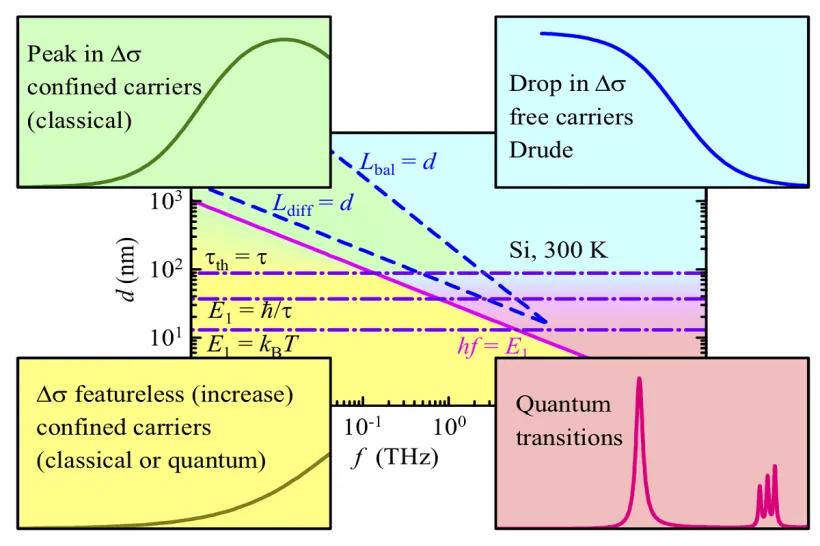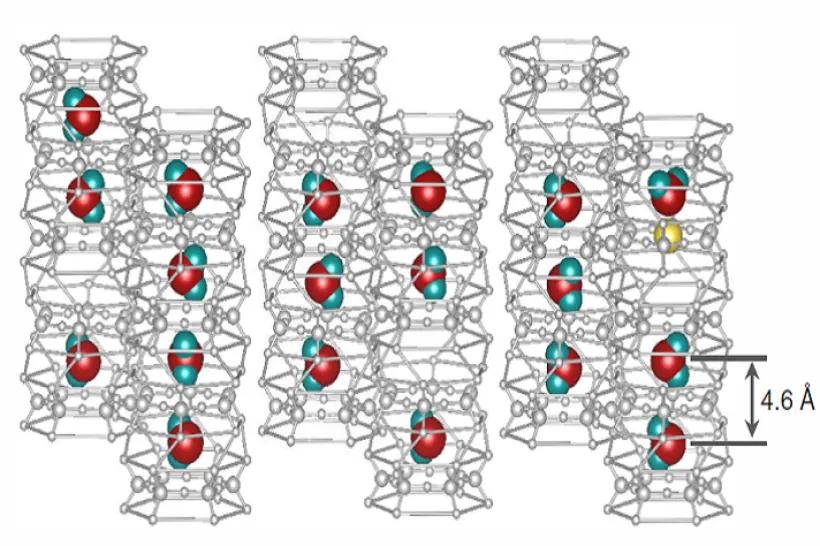OD structures (abbreviated from Ordered-disordered) are composed of layers, either corresponding to real structure building units, or formally selected. The structure is built up of stacking of these layers according to the law known as the vicinity condition, representing a set of special operations – shifts and/or rotations. This condition is ambiguous, that means that always exists more than one possibility how the consecutive layers can be stacked. Various possible sequences of these operations generate polytypes having various periodicities along the stacking direction. In the OD structures ordered, partially ordered and disordered crystals as well as twins can exist. The interpretation of OD structures comprises description of local symmetry of layers and of operations converting layers into the adjacent ones.
Many common and notoriously known materials belong to OD structures, like silicon carbide, diamond, graphite, zinc sulphide, micas, wollastonite contained in cements, or even silicon forming chips in your computer.
Some OD structures were solved, refined and interpreted in the Department of the Structure Analysis, like a rare chain silicate vistepite SnMn4[B2Si4O16](OH)2, layered carbonate kettnerite CaBi(OFCO3), and three polytypes of the layer silicate cronstedtite (Fe2+3-x Fe3+x) (Si 2-x Fe3+x )O5(OH)4 , (kde 0,5 < x < 0,85).



